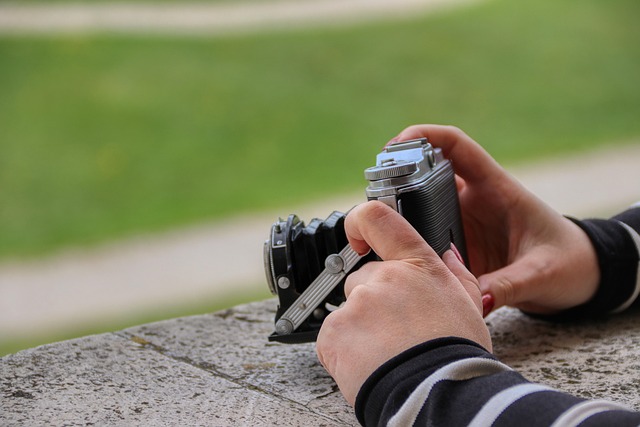When it comes to analog photography, mastering light is akin to mastering music; it requires practice, intuition, and a deep understanding of your tools. Analog photography, with its tactile, mechanical nature, offers a unique experience that digital photography can’t replicate. Every click of the shutter feels deliberate, every exposure a calculated risk. The way light interacts with your film can make or break your shot, turning a mundane scene into a breathtaking spectacle.
The foundations of analog photography lie within the relationship between your camera, the film, and the light. Understanding how different emulsions react to various lighting conditions is crucial. For instance, shooting in bright sunlight can lead to overexposed images if you don’t account for the intensity of your light source. In contrast, shooting with slower films in dim light can yield rich, textured photographs, filled with shadows and nuances that evoke a sense of nostalgia.
Optics plays a significant role in capturing the essence of light. The choice of lens can dramatically change how light is rendered in your photos. A prime lens with a wide aperture allows more light to hit the film, producing a shallow depth of field that beautifully blurs backgrounds and isolates subjects. Conversely, a narrow aperture is valuable for landscapes, where you want depth and clarity throughout. Learning to manipulate these variables will deepen your understanding of how light can transform an image.
Moreover, experimenting with natural light can be enchanting. The golden hour—shortly after sunrise or before sunset—provides a soft, diffused light that is revered among photographers. The warm hues generated during this time can bring warmth to your portraits and depth to your landscapes. Yet, don’t shy away from the harsh midday sun; it can create compelling contrasts and vibrant colors. Understanding how to work with and adapt to the conditions at hand will elevate your analog photography skills.
Another resourceful technique involves using reflectors or diffusers. A simple piece of white cardboard can bounce light back onto your subject, softening shadows and providing a more flattering illumination. Alternatively, a thin sheet of fabric can diffuse harsh sunlight, leading to ethereal portraits. Learning to craft or utilize these tools enhances your control over the light, allowing you to consistently achieve your creative vision.
Silhouette photography is another fascinating way to play with light in analog photography. By positioning your subject against a bright background, you create striking images filled with drama and intrigue. Emphasizing shapes and outlines showcases the story behind the photograph, enticing viewers to ponder the subject’s context. This method does require keen attention to timing and exposure, but the rewarding results are well worth the effort.
Ultimately, remember that light is your greatest ally in analog photography. The dance between light and shadow can elevate mundane scenes into artistic expressions. Continuously explore the interplay of different light sources, experiment with your camera settings, and always keep a curious eye on the world around you. As you deepen your understanding of light, you’ll find that enhancing your analog photography skills becomes more intuitive and rewarding.




